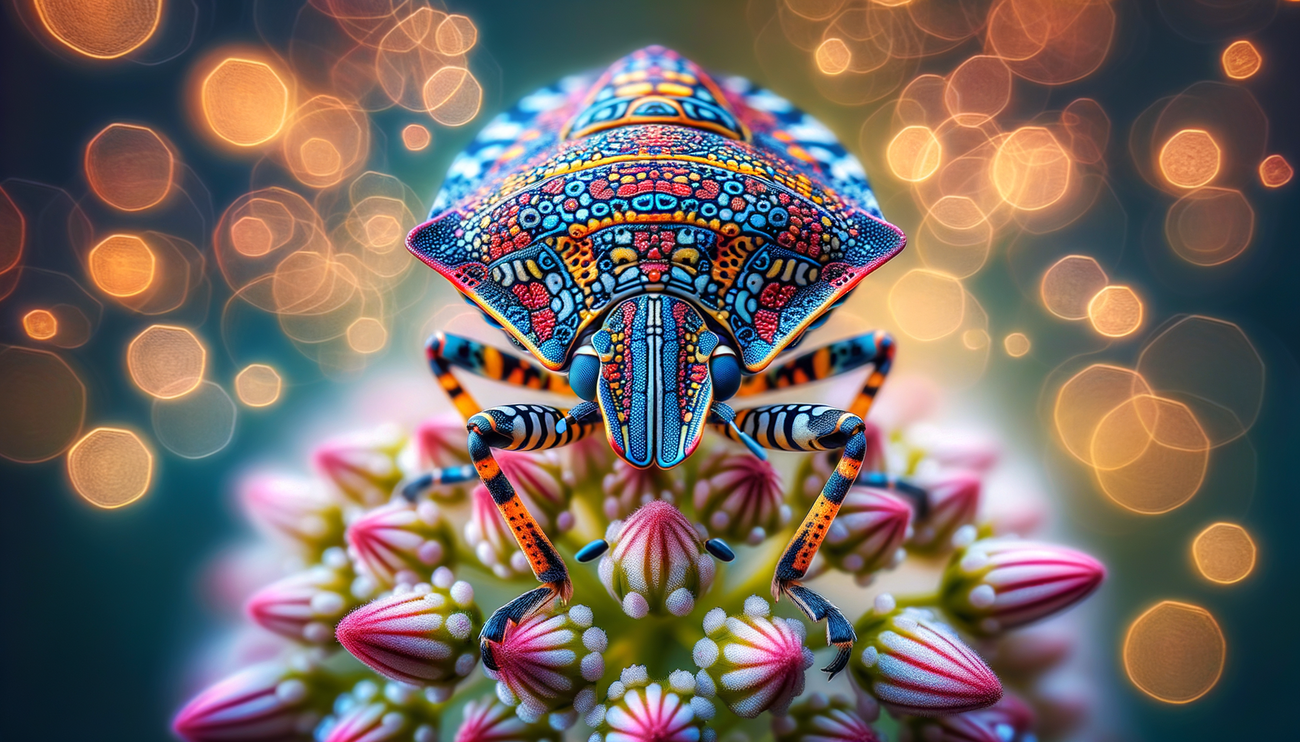
Macro photography is a fascinating art that allows us to capture details that might otherwise go unnoticed. In this article, we will discuss the essential techniques of macro photography, the necessary tools, and tips that will help you create stunning images.
Macro photography opens the doors to a world full of stunning textures and details. This genre allows photographers to capture the unnoticed moments of nature's life, highlighting the beauty that is usually hidden from sight.
To start with, it is essential to understand that macro photography is not just about photographing small objects. It’s a way of seeing the world from a new perspective, paying attention to the smallest details. For this, you will need specific tools and techniques.
Essential Techniques for Macro Photography
There are several key techniques that will help you succeed in macro photography:
- Using Macro Lenses: Macro lenses are specially designed for photographing small objects with high detail. They allow you to get close to the subject and capture it from a close distance.
- Camera Stabilization: It is crucial for the camera to be stable during shooting. Use a tripod or monopod to avoid shaking, especially in low light conditions.
- Controlling Light: Macro photography often takes place in low light. Use additional lighting, such as flash or LED lamps, to reduce shadows and improve the illumination of the object.
- Wide Aperture: Using a wide aperture (such as f/2.8 or f/4) allows for a shallow depth of field, making the background blurry and highlighting the subject of the shot.
Selecting Objects for Photography
When selecting objects for macro photography, look for items with interesting textures or colors. Flowers, insects, and even pieces of skin or fabric texture can make great subjects. Don’t be afraid to experiment and search for unusual angles!
Post-Processing Photos
As for post-processing, using programs like Adobe Lightroom or Photoshop can help enhance your shots. Adjusting lighting, increasing contrast, cropping unwanted parts of the image—these all help emphasize details.
It is important to remember that macro photography is not only about creating beautiful images. It is an art that requires patience and a love for details. Practice, experiment, and most importantly, enjoy the process!


